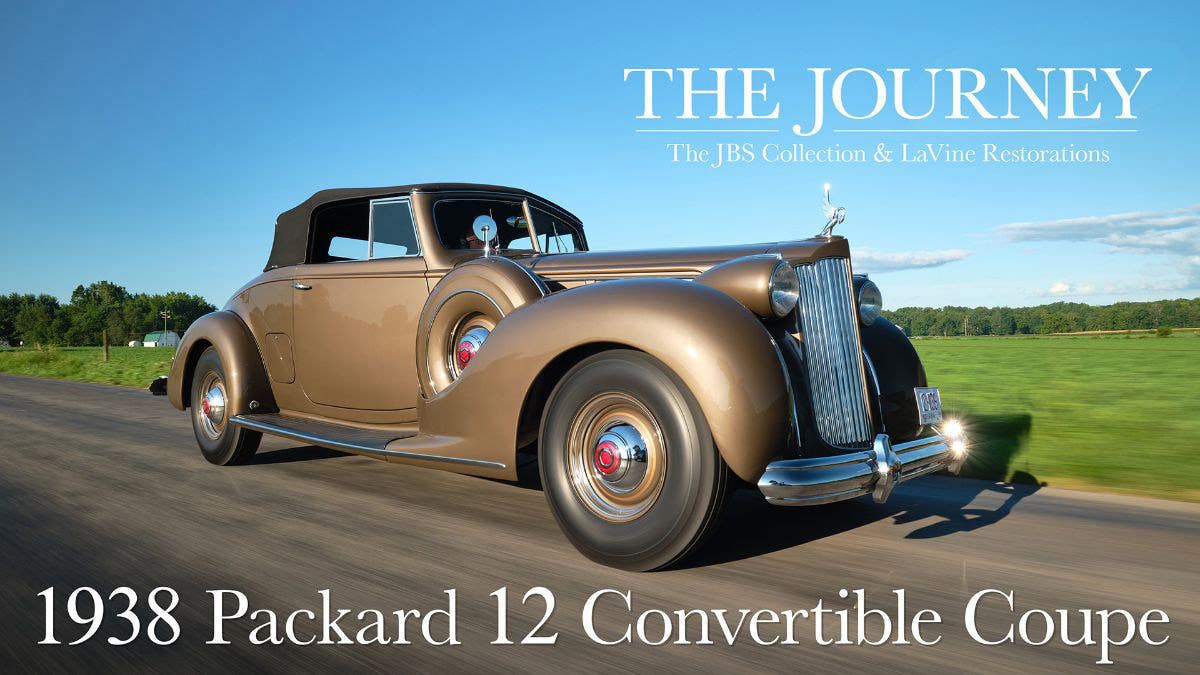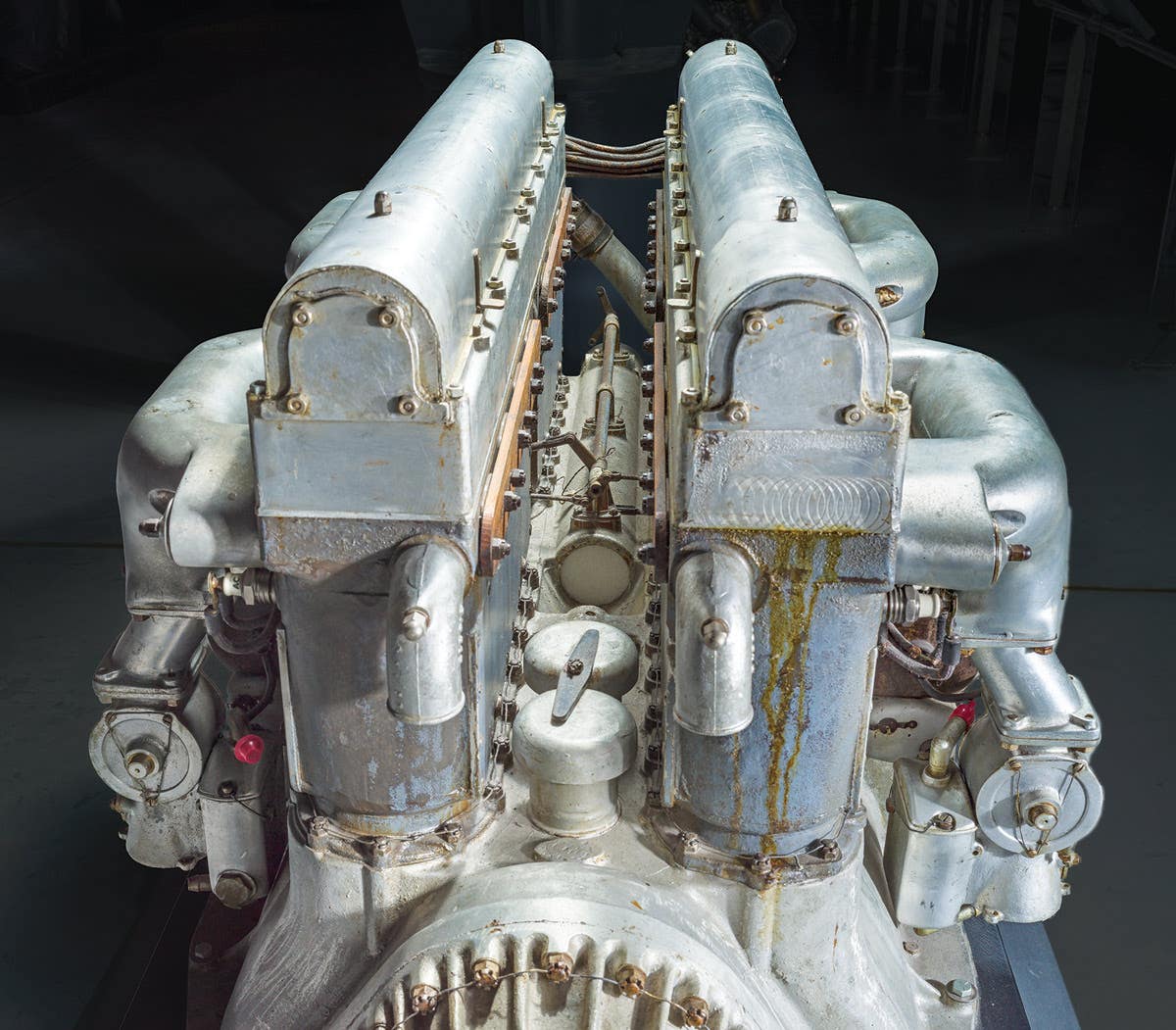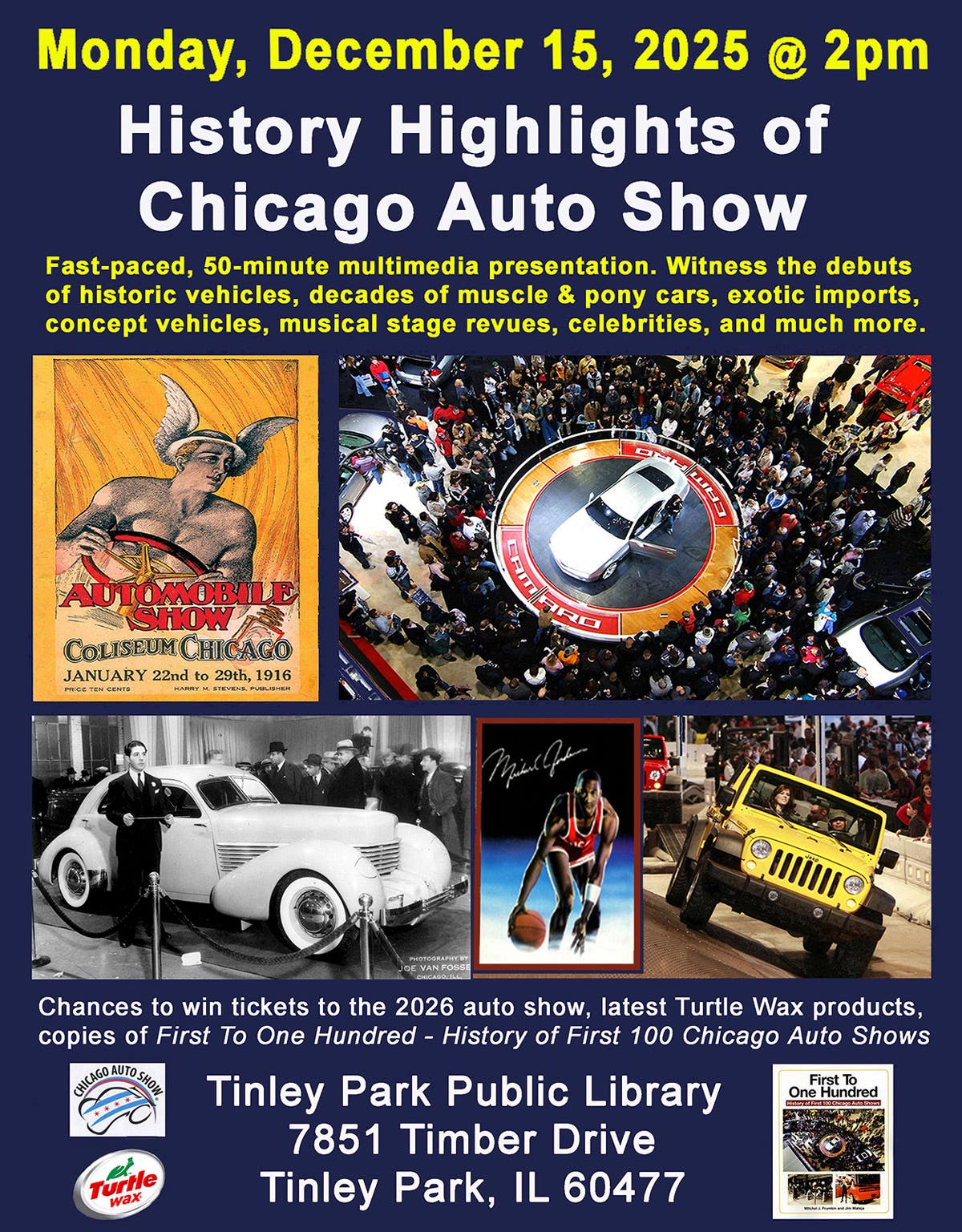If it’s too good to be true, it probably is
By Mark Misercola As soon as I saw the online ad I knew it had to be too good to be true. The bucket-list, two-tone red and white 1955 Oldsmobile…
By Mark Misercola
As soon as I saw the online ad I knew it had to be too good to be true. The bucket-list, two-tone red and white 1955 Oldsmobile convertible of my dreams was staring back at me in fully-restored living color for $26,900, or depending on the source roughly $30,000 below what it should be going for in the condition it appeared. But curiosity got the better of me two years ago and I sent an email to the owner asking if the car was still available. The location was listed as Saddle Brook, N.J., a two-hour drive away. I never heard back from the seller so I let it go (sort of). It was hard not staring at the pictures and then looking at the nearly identical Danbury Mint model that I have lusted after for years on my credenza.
I showed the ad to a friend and fellow classic car lover who lit up as soon as she saw the pictures. “Why don’t you send him a note and ask if the car still available? Tell him if it’s legit you’ll pay cash.” I dismissed it as crazy particularly for an internet car. But then again, I thought, it couldn’t hurt to send another inquiry.
A few days later the response came back from the owner, a fellow named Jacek, who said he and the car weren’t actually in New Jersey. They were both in Poland. (Go ahead and start rolling your eyes.) His story, as he wrote it in his own words and grammar, goes like this:
“Due to the high volume of internet scams, I give you the chance to receive the car at your home address BEFORE I receive my money for it. I appreciate your interest but I want to let you know that the car is located in Poland. I purchased the car in US and I moved to Europe, in Poland the law is different recording the registration of a vehicle that is outside of Europe, it is expensive and difficult to register this car in Poland, this is the reason of selling. Instead of letting it sit in the garage I’ve decided to sell it at low price. I can ship the car to you, also I can be responsible for the transport cost and you’ll pay after inspection. The car looks and runs fantastic! Within 19 days you will get the car and you will have a period of 2 days to inspect the car and when the inspection period ends, if everything is fine you can make the payment. CLEAN TITLE IN HAND, NO LIENS OR ISSUES!”
I should have dismissed it right then and there, but after some prodding Jacek sent along the VIN number and more pictures. Another classic car friend quickly tracked down the VIN. The number and the car were legitimate. This particular ‘55 Olds had been restored by a well know restoration shop in New Jersey. Two years ago, it made its way to the world’s largest indoor classic car auction house in Atlantic City, but the owner rejected an offer of $46,000. Another friend from the Olds Club of America who attended the auction confirmed it and said the car looked as good as the pictures indicated. From there, the Olds appeared over the summer on EBay and sold for $57,000. The odometer at the time had about 4,000 miles less on it than what Jacek said is on it now.
In later emails and two subsequent phone calls, Jacek said he bought the car here and didn’t realize it would cost him as much as $18,000 to register it in Poland. I was able to confirm the registration story through a friend of another classic car colleague who holds dual citizenships in both the US and Poland. So parts of Jacek’s story and the legitimate VIN number on the car made sense.
The conversation continued. Jacek said he would ship the Olds to the US at his expense. Once it arrived I would have 48 hours to inspect the car. If the car checked out and I was satisfied that it was everything that he owner said it was, I would buy the car. And if it didn’t, Jacek would ship it back to Poland at his own cost. He never asked for money, bank accounts, or any ID.
A local classic car repair shop that I do regular business with agreed to accept delivery of the car and inspect it for me. So the deal was set, the car was ready to ship from Poland to Coral Gables, Fla., and then up to Connecticut. I was still skeptical, but part of me kept hoping the deal could work.
And then things began to turn. A week later an email with several attachments came through from a shipping company in Poland with the rather dubious name of “PU Communication.” The attachments included a shipping date, tracking number, and one note at the very end that could have been easily overlooked with terms requiring me to send the shipping company a 30% deposit (or $8,070) before the car leaves port. That’s right -- a 30% deposit. This was the first mention of any kind of deposit, and as you might expect, my first reaction was “what is this?”
The shippers seem to have anticipated the obvious question as the very next paragraph in the attachment graciously provided the answer (in less than perfect English):
Why we need this deposit?
- We have asked for a deposit to our bank account so we can be sure that you are a legit buyer. Bank transfer is the only service that has ultimate authentication of the identity of the sender of funds;
- The amount you will send to our bank account will be on hold until you will decide to keep the merchandise (vehicle);
- The deposit won’t be released to your seller until you will decide to keep the merchandise (vehicle) and at final will represent a part from the final price of the merchandise;
- In case that you don’t keep the vehicle the deposit will be return to you in full (including bank taxes);
After you complete the transfer of funds we request the following details:
- The scanned receipt from the bank.
- Upon payment verification, we will ship the merchandise at the address you (or the seller) have provided to us.
After the vehicle is received, inspect it and receiver sign for reception we shall transfer the funds to the seller.
This is the part of the story where I called Jacek and said, “Do you think I was born yesterday? I’m not giving anyone 30% down for a car I haven’t seen.”
Without skipping a beat he replied, “OK, fine. I will sell it to someone else, goodbye,” and then hung up.
End of story? Not quite. The good news for me is I never gave the owner a dime. But a subsequent search of the shipping company revealed a flimsy website and multiple forum posts with stories about the company and scamming activities. How much of it all is fact and how much is fiction, I’m not sure. But my experience speaks for itself.
I’m passing along the story to all of you as a cautionary tale because the age old adage, “buyer beware,” is as relevant to buying classic cars in today’s Digital Age as it was when these cars were new. Shop carefully my friends.
Mark Misercola is a writer, author and classic car enthusiast from Trumbull, CT. He started his career as a journalist covering the automobile industry for the Buffalo, N.Y. Courier-Express. He grew up in an Oldsmobile family and today owns two 1960 Oldsmobiles and a 1966 Oldsmobile Toronado. He is the co-author of “Great Grilles of the ‘50s,” a coffee table book from M.T. Publishing. And his bucket list includes a 1955 Oldsmobile.








